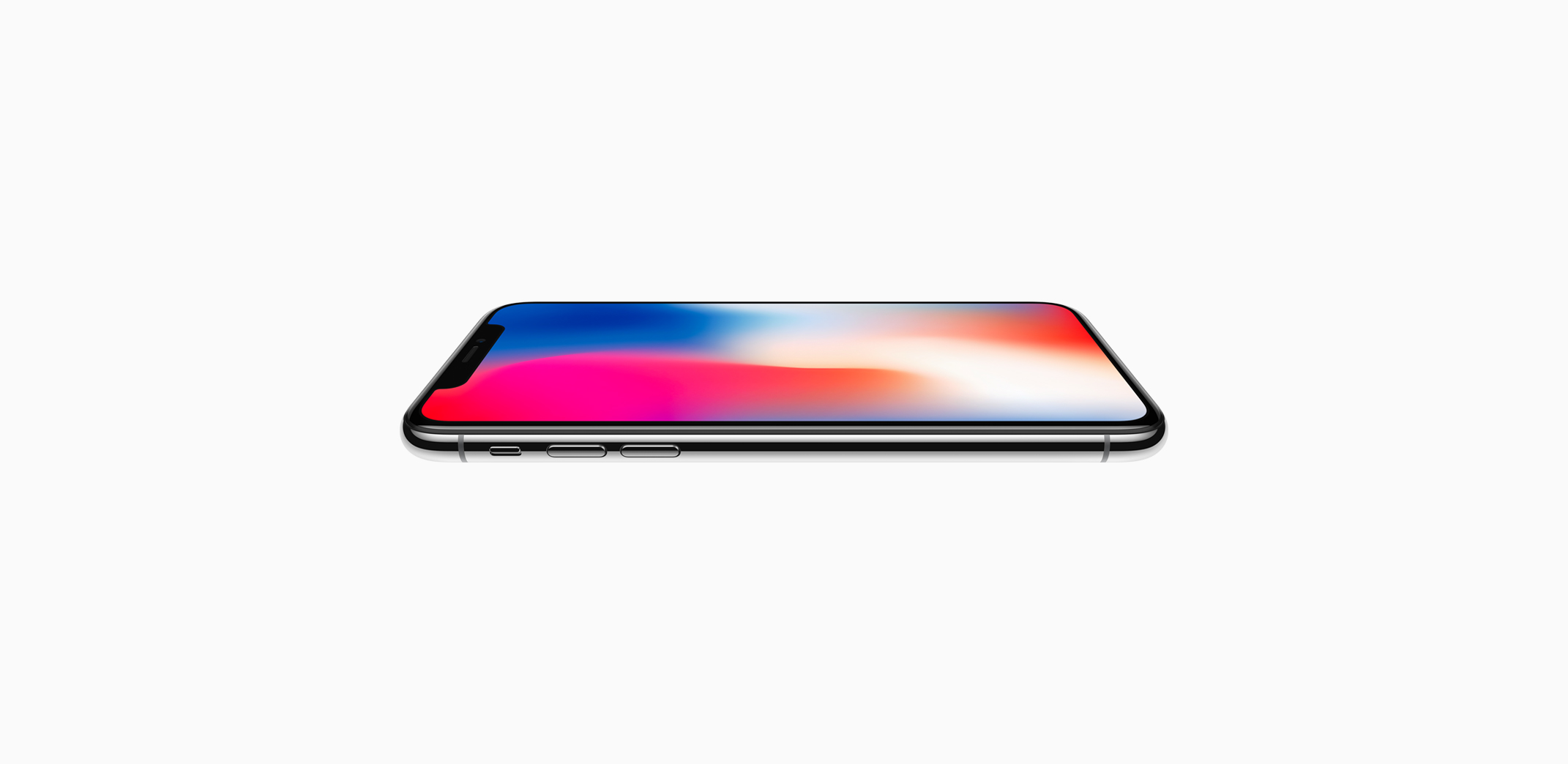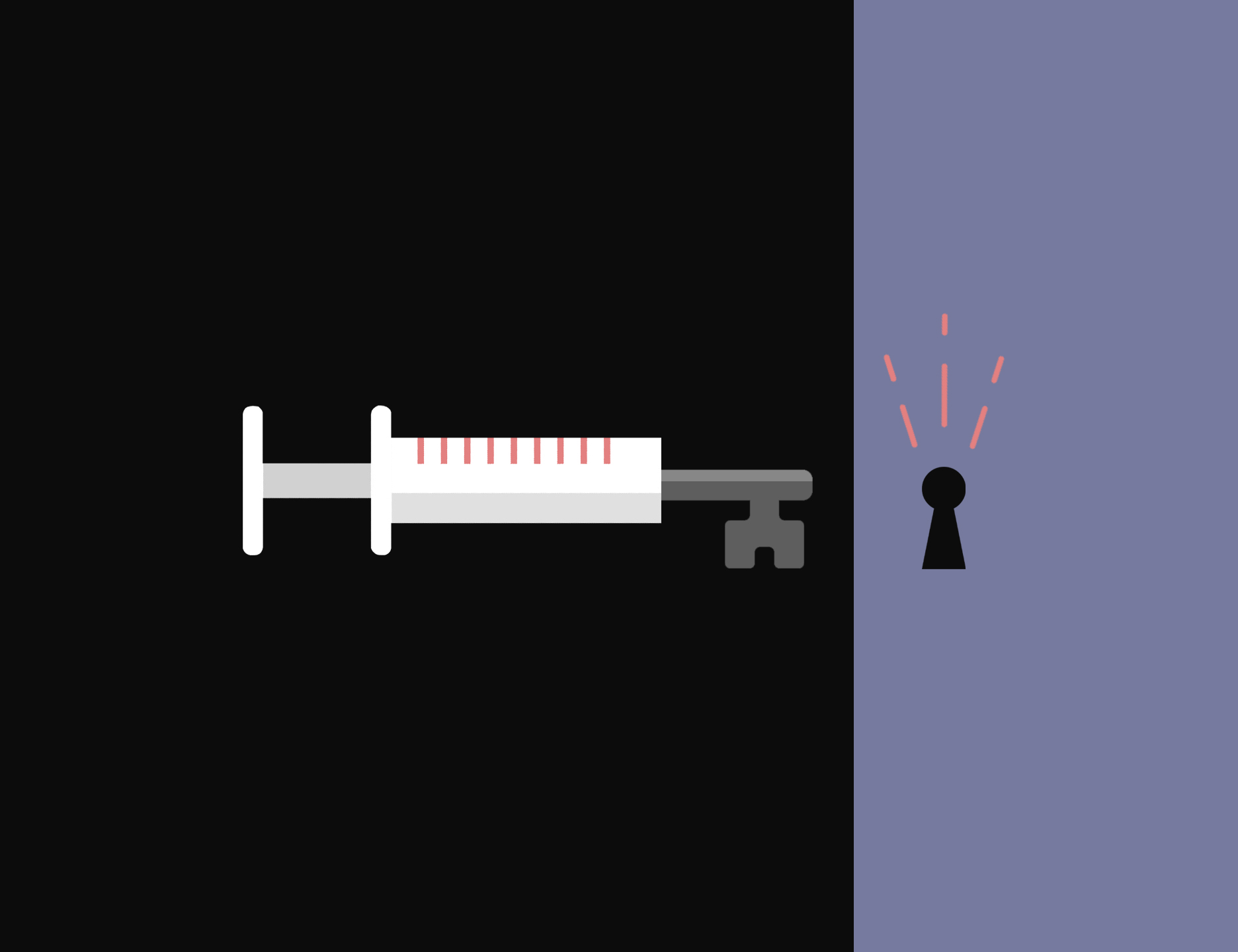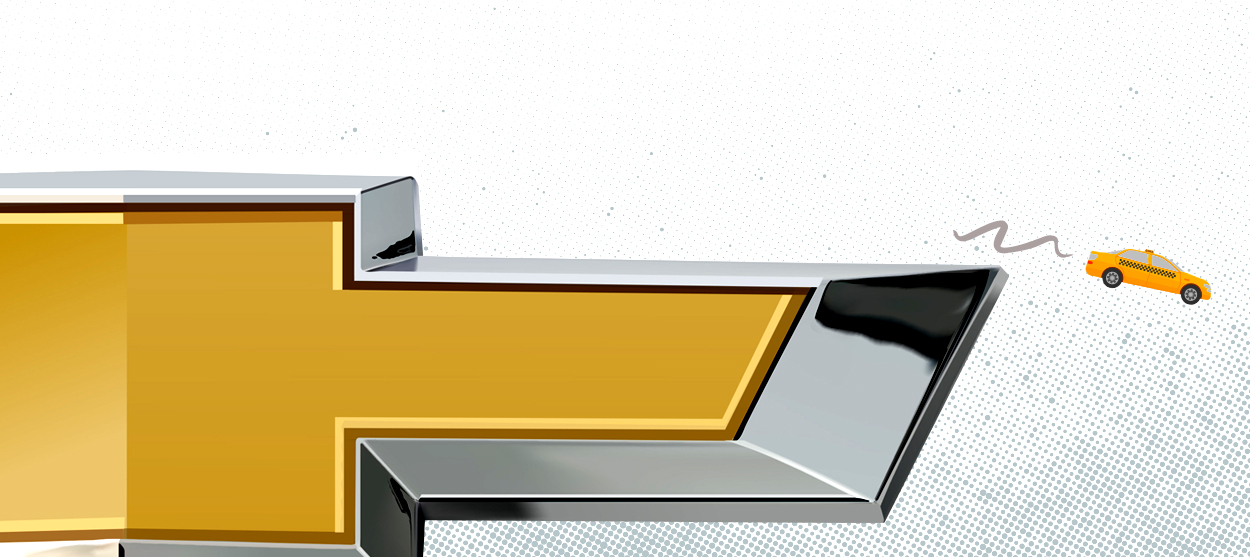Apple's future is not the iPhone X
These days, there isn't actually much Apple can do to reinvent or reinvigorate the smartphone


Yesterday, Apple unveiled its newest phones, the iPhone 8 and 8 Plus, and also the iPhone X. In true Apple form, the event was all pomp: It happened in the brand new Steve Jobs theater at the company's new headquarters, replete with a touching tribute to the man for whom it was named. The talk of blending liberal arts and technology was a testament to Apple's belief it makes things that are less gadgets than creative or even life-saving tools. And then of course, there were the products themselves: The iPhone X in particular, with its front composed entirely of a new screen, seemed lustworthy, expensive, and arguably best in class. It is that mix of showmanship, cutting-edge tech, and humanity that has endeared this company to so many.
But Tuesday's event was, as Apple announcements go, also a strange one. First, the details had all been leaked days earlier, removing any notion of surprise. What's more, despite the new iPhones being perfectly alluring and very hyped, there was little on display that was actually radically new. The announcement was thus Apple at both its best and its worst, both impressive for what was showed, yet also annoying for the overblown rhetoric about a glorious future for the smartphone which happens to look very much like its past.
This presentation revealed that there isn't actually much even Apple can do to reinvent or reinvigorate the smartphone. After all, even its new flagship phone can only do what most smartphones in the world already can. That's why Apple turned to more pedestrian tactics, like expanding the product line, and an explicit gesture at luxury branding with the iPhone X meant to elicit desire in consumers the world over. What this week's news also suggests is that it no longer makes sense to wait for Apple to upend the world with a fantastic new phone. Rather, where real promise lies is in the far more interesting and nascent worlds of sensors and chips, machine learning, and augmented reality.
The Week
Escape your echo chamber. Get the facts behind the news, plus analysis from multiple perspectives.

Sign up for The Week's Free Newsletters
From our morning news briefing to a weekly Good News Newsletter, get the best of The Week delivered directly to your inbox.
From our morning news briefing to a weekly Good News Newsletter, get the best of The Week delivered directly to your inbox.
It's not that the new iPhones were disappointing. The iPhone 8 and 8 Plus had all the expected upgrades: better screens, better cameras, and faster processors. Meanwhile, the flagship iPhone X (read iPhone Ten) conjured some of the long-lost lust we once associated with smartphones — its large screen, eye-catching bezel-free design, and new modes of interaction inevitably appealing to the high-end buyers looking to distinguish themselves from the masses. In fact, this new hierarchy of iPhones — a halo device with an eye-popping $1,000+ price tag, and a series of less flashy phones extending all the way to the iPhones SE at a much more approachable $349 — is a smart play by Apple: In a mature market, it increases the possibility of growing profit at the top end, while boosting revenue at the low end by making the iPhone more broadly affordable. With both the Apple Watch and Apple TV also receiving solid improvements, barring some economic shock, Apple's next couple of quarters should produce record-breaking results.
In that sense, this was Apple at the top of its game, finding a way to continue to grow and appeal to its millions of fans. But its products also weren't perfect. A key new feature of the iPhone X is FaceID, which uses infrared cameras to detect your face and unlock your phone. While more secure, it's clearly less convenient, forcing you to hold the phone directly in front of your face each time you want to use or pay for something with it — hardly easy if one is holding a child in one arm or walking briskly down the street. But it's likely simply a function of the fact that Apple hasn't quite cracked how to put a fingerprint sensor under the screen, an omission it will surely correct in one of the future $1,000 iterations of its phone. It's a common move by Apple, and one of the ways it encourages users to upgrade year after year — but not before it sells the earlier half-baked version as "revolutionary."
When it comes to what these new devices can do that previous phones cannot, the answer is found in the software. Sure, these phones are faster and take better pictures and have better screens, but these are marginal improvements, because when it comes to hardware, marginal improvements are all that's left. What is new, however, is augmented reality. Apple's new phones are designed to better apply the technology that overlays information on the view through the camera lens. So, you could hold your phone up at a ball game and see stats hover over the players, or hold a phone up to the sky and have constellations mapped out. It's not hard to imagine the utility of these kinds of applications.
These advances are also driven by machine learning, the still-new field of artificial intelligence that has computers recognize increasingly sophisticated patterns and information. Machine learning not only helps enable augmented reality, but also genuinely interesting new features, like the portrait mode on the iPhone 8 Plus and X, which uses software to impressively mimic professional studio lighting.
A free daily email with the biggest news stories of the day – and the best features from TheWeek.com
If there is innovation and differentiation to be found, it is in these kinds of ever-more sophisticated bits of software. It is there, rather than in glossy new hardware launches, that the future of technology lies.
Navneet Alang is a technology and culture writer based out of Toronto. His work has appeared in The Atlantic, New Republic, Globe and Mail, and Hazlitt.
-
 Are zoos ethical?
Are zoos ethical?The Explainer Examining the pros and cons of supporting these controversial institutions
-
 Will COVID-19 wind up saving lives?
Will COVID-19 wind up saving lives?The Explainer By spurring vaccine development, the pandemic is one crisis that hasn’t gone to waste
-
 Coronavirus vaccine guide: Everything you need to know so far
Coronavirus vaccine guide: Everything you need to know so farThe Explainer Effectiveness, doses, variants, and methods — explained
-
 The climate refugees are here. They're Americans.
The climate refugees are here. They're Americans.The Explainer Wildfires are forcing people from their homes in droves. Where will they go now?
-
 Coronavirus' looming psychological crisis
Coronavirus' looming psychological crisisThe Explainer On the coming epidemic of despair
-
 The growing crisis in cosmology
The growing crisis in cosmologyThe Explainer Unexplained discrepancies are appearing in measurements of how rapidly the universe is expanding
-
 What if the car of the future isn't a car at all?
What if the car of the future isn't a car at all?The Explainer The many problems with GM's Cruise autonomous vehicle announcement
-
 The threat of killer asteroids
The threat of killer asteroidsThe Explainer Everything you need to know about asteroids hitting Earth and wiping out humanity


